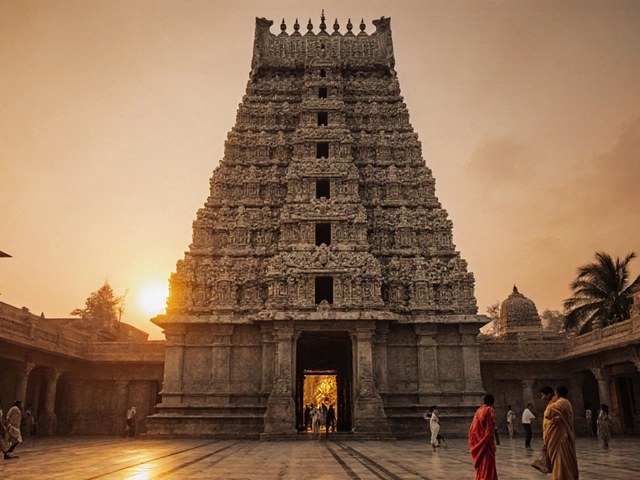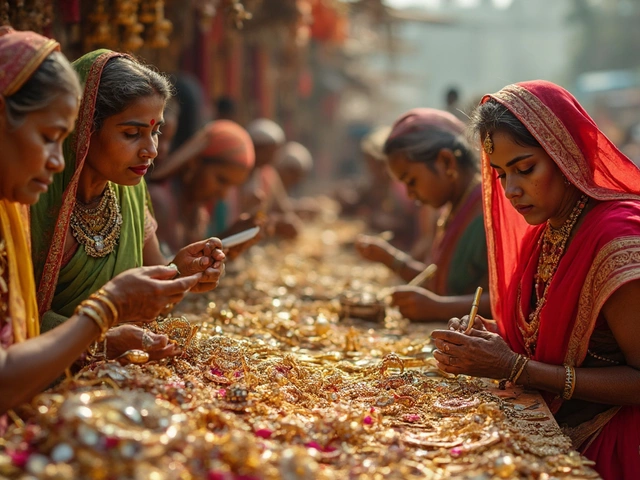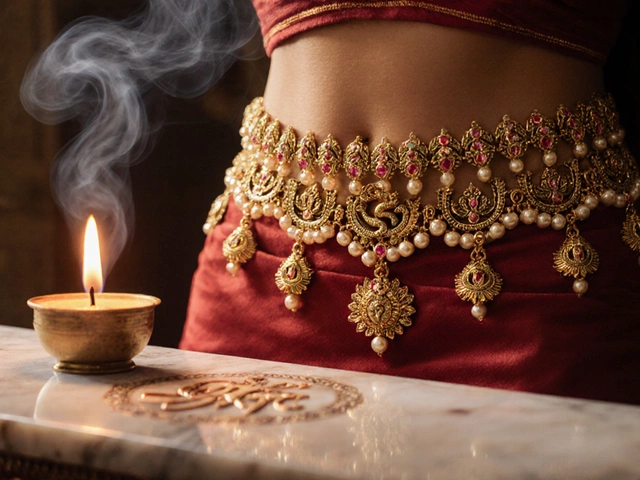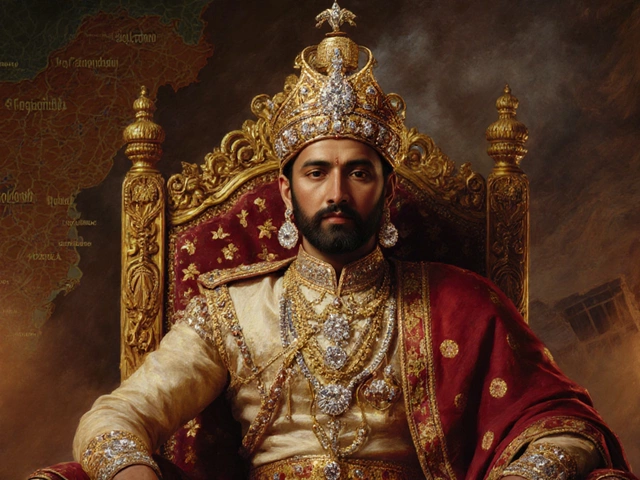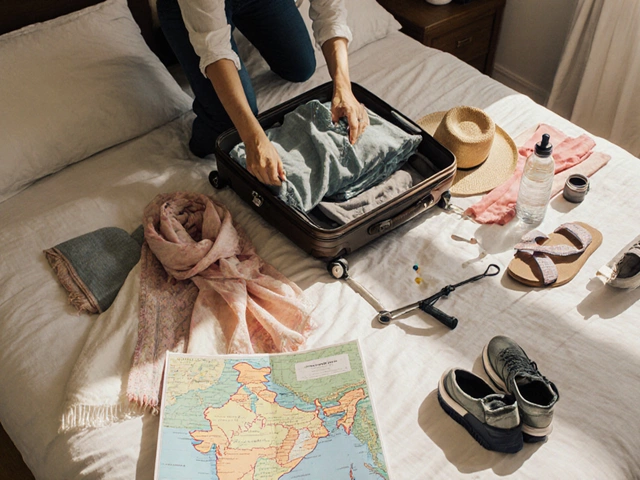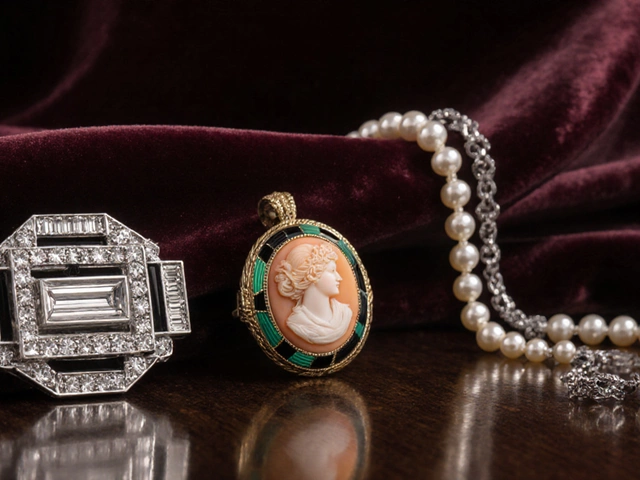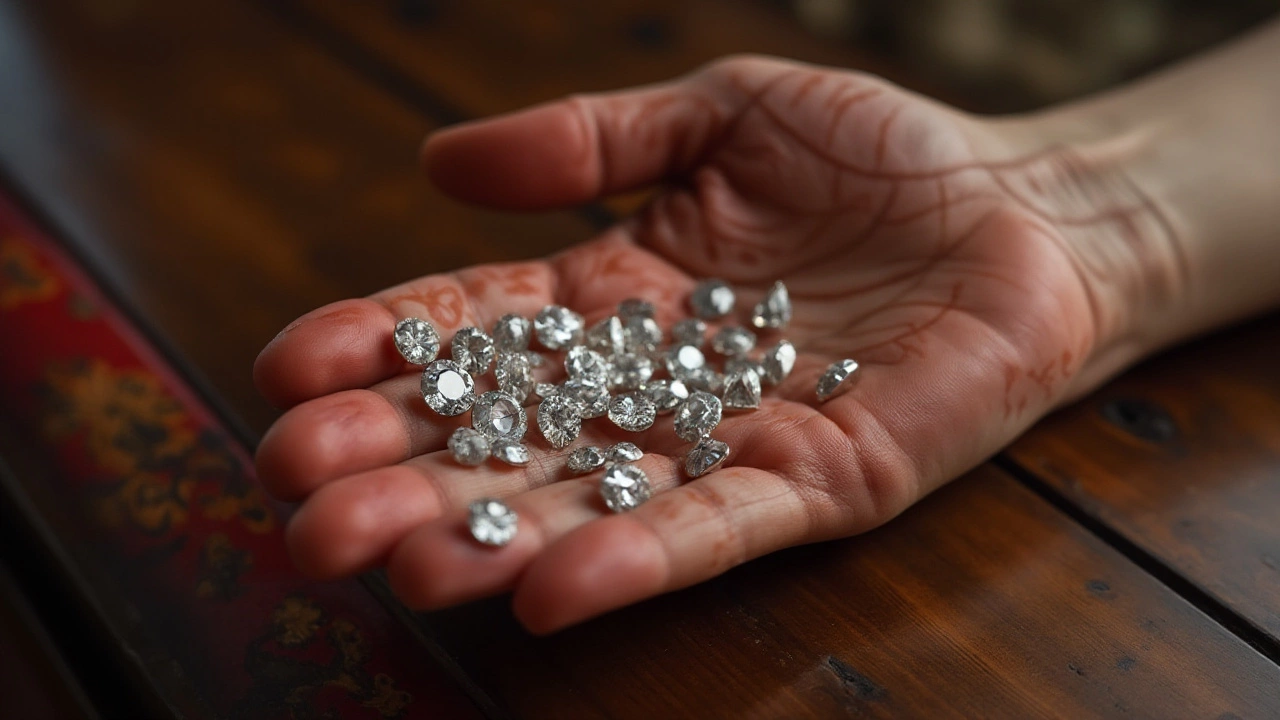
There is a magical quality that old cut diamonds possess, one that often captures the heart of those with an appreciation for antique jewelry. These stones are not just relics of the past; they are a testament to the artistic brilliance and techniques of jewelers from centuries ago. As you delve into the sparkling world of old cut diamonds, you'll discover the myriad of factors that contribute to their charm and value.
The allure of these gems lies as much in their imperfections and unique cuts as it does in their age. Each old cut diamond carries with it a story, one that speaks through its asymmetric facets and the warm glow they emit. Unlike the laser-cut precision of modern stones, these diamonds showcase the handcraftsmanship and individuality of each piece. They are relics of a time when diamonds were cut to shine in candlelight, their broad facets designed to radiate beauty with romantic subtlety.
- Defining Old Cut Diamonds
- Historical Significance and Appeal
- Characteristics that Enhance Value
- Market Trends and Collectors’ Insights
- Evaluating an Old Cut Diamond
- Caring for Antique Diamond Jewelry
Defining Old Cut Diamonds
When venturing into the world of antique jewelry, one is bound to encounter the captivating allure of old cut diamonds. These gems are distinguished by their unique craftsmanship, a product of an era long before the advent of modern technology. Old cut diamonds, commonly referred to as antique cuts, encompass a variety of styles including the Old European cut, Old Mine cut, and Rose cut, each boasting distinct characteristics that reflect their historical origins. The Old Mine cut, prevalent during the Georgian and Victorian eras, features a squarish shape with rounded corners, resembling a cushion cut of today but with a deeper, more profound pavilion.
Unlike today's laser-cut precision diamonds, old cut diamonds were crafted by hand, making each piece a unique work of art. These cuts are known for their larger, uneven facets that were designed to sparkle under candlelight, giving a softer, romantic glow. The lack of symmetry and uniformity might be seen as imperfections now, but these qualities are exactly what collectors seek: the tasteful reminder of the era they represent and the distinctive charm they impart. As the diamond industry evolved, so did the methods of cutting, but many still cherish these older styles for their exceptional character.
The Old European cut emerged in the late 1800s and is considered a precursor to the modern brilliant cut. This style is characterized by a circular girdle and a high crown, with a small table and deep pavilion. It is revered for its voluptuous curvature, which reflects a warm, eye-catching sparkle almost akin to flickering firelight. Vintage gems produced in this manner are a testament to the craftsmanship and artistry that defined an era of elegance and grandeur. Often, these stones would feature an open culet – a small flat facet at the base of the pavilion – a signature trait that secured its place in history as the go-to choice for jewelers of the time.
In the words of Emmett Pearson, an acclaimed gemologist from the International Gem Society,
"Old cut diamonds are like fingerprints; each bears its own story, unmatched and fascinating, with shadows of history etched into every facet."Collectors are often drawn to these diamonds not only because of their beautiful appearance but also due to the age and stories that accompany them. It is these narratives, whispered through the ages, that imbue them with unrivaled sentimental value. The rarity of these stones in modern times also enhances their desirability, as they represent diminutive pieces of history in a rapidly modernizing world.
For enthusiasts who wish to invest in these unique pieces, understanding the different cuts and their historical context is crucial. This appreciation deepens the relationship between the collector and the gem, fostering a deeper connection with jewelry that holds provenance. As passionate jewel admirers often say, to hold an old cut diamond is to cradle a piece of eternity, a sentiment reflected in the growing demand for antique styles. These stones remain cherished, not merely for their aesthetics but for their ability to capture the imagination and hearts of those who yearn for a tangible slice of history.
Historical Significance and Appeal
To truly appreciate old cut diamonds, one must journey back to the times when each stone was meticulously shaped by hand. The era of candlelight and opulence, spanning from the 14th to the early 20th century, birthed these exquisite treasures. Old cut diamonds like the Old Mine and European cuts were not simply jewelry; they were symbols of prestige and social status. Understanding their historical context provides a window into the art and culture of the past.
During these periods, the diamond's brilliance was not solely defined by its sparkle but by the artistry involved in its creation. Jewelers of that time embraced the diamond's natural shape, enhancing its beauty with facets that were much larger than those of today's precision-cut stones. This craftsmanship reflected the era's technological limitations and, more importantly, the aesthetic preferences of those times—where imperfections were seen as unique character traits.
Artistry Through the Ages
The appeal of antique jewelry was pivotal in the cultural and economic exchanges between regions, each style reflecting the societal influences of its origin. Diamond cutting centers such as Antwerp and Amsterdam became the heart of this burgeoning industry, where artisans developed distinct cutting styles that would later define the antique market. Ownership of a uniquely cut stone was akin to possessing a piece that carried not only value but also a story rooted in tradition.
In fact, many of these diamonds were set into elaborate settings commissioned by or crafted for royal families and aristocrats. Each piece served as a testament to the wearer's wealth and importance, often passed down through generations as cherished family heirlooms. The historical journey of these stones speaks volumes about their enduring allure, maintaining relevance even in today's age of modern jewelry techniques.
"Old diamonds not only tell the story of our aesthetic evolution but also human ingenuity. Despite technological constraints, artisans of the past achieved extraordinary feats," remarked Professor Liselotte Möller, a respected authority in gemology.
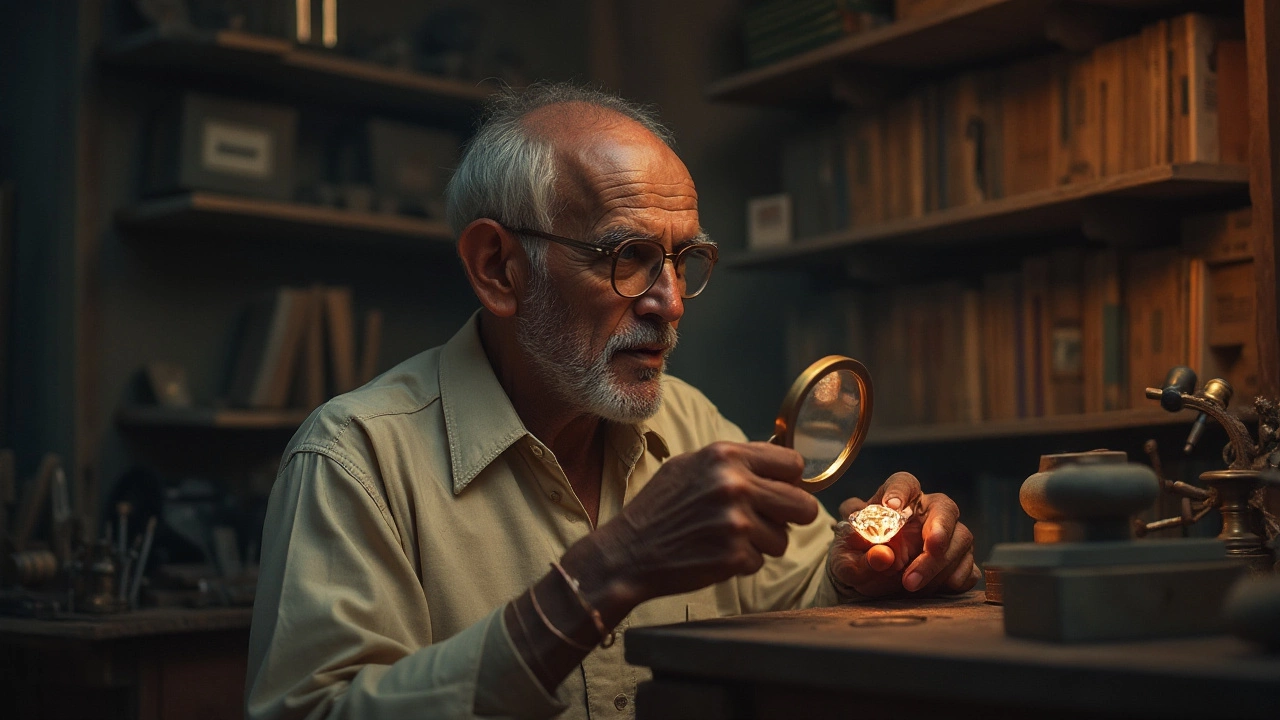
Characteristics that Enhance Value
Old cut diamonds, unlike their modern counterparts, boast a myriad of features that greatly enhance their value. These diamonds are known for their unique charm, which is largely due to the artisan techniques of a bygone era that shaped each stone by hand. The irregularities in their shape tell a story of craftsmanship, as opposed to the sterile perfection of contemporary machines. The cuts were performed to maximize sparkle in dim candlelight, creating a warm and romantic glow that modern diamonds can't quite mimic. This characteristic, while subtle, adds a depth of history and artistry that many collectors find irresistible, infusing each piece with a personality as unique as a fingerprint.
One cannot overlook the appeal of the old cut's distinctive appearance. The large, open culet, and chunkier facets are quite striking, giving the diamond a particularly captivating fire and visual depth. This old-world allure is heightened by the mysterious history many of these stones carry, often passed through generations. For these reasons, an antique jewelry aficionado often finds themselves drawn to the quirks and qualities of old cut diamonds, seeing them as not just gemstones, but as witnesses to history. Their rarity and the fact that they are no longer being produced adds a layer of exclusivity and allure that significantly elevates their value in today's market. This appreciation of age and individuality reflects a broader trend seen throughout the antique market, where uniqueness often trumps modern perfection.
The ascent of old cut diamonds in value can also be attributed to their historical and emotional significance. Many collectors appreciate them not just for their aesthetic beauty, but for their storied past. Each diamond has witnessed different events, possibly having graced the halls of European courts or been gifted as tokens of love in a world long past. These attributes can supply an emotional connection far stronger than that given by modern stones. The stories these gems could tell if they could speak contribute to their overall allure and importance in the antique jewelry sector. In addition to their antique charm, many also believe that old cut diamonds are more eco-friendly as they are recycled from existing sources rather than newly mined, appealing to the increasing number of environmentally conscious buyers. Louis Comfort Tiffany, a man of profound artistic acumen, once remarked,
"The sparkle of a diamond reveals the beauty of the earth's most precious gem, unyielding and eternal."In essence, old cut diamonds embody an unyielding beauty that transcends time, serving as a poignant reminder of the enduring artistry of Mother Nature and human craftsmanship.
| Feature | Modern Brilliant Cut | Old Cut |
|---|---|---|
| Facet Arrangement | Precision symmetrical facets | Imperfect, hand-cut facets |
| Culet | Small or no visible culet | Large open culet |
| Sparkle | Bright white light | Warm candlelit glow |
Market Trends and Collectors’ Insights
When exploring the vibrant world of antique jewelry today, especially within the realm of old cut diamonds, one can’t help but notice a fascinating blend of nostalgia and value that captivates collectors worldwide. Unlike other market assets, these gems are prized for their historical connections as much as their intrinsic beauty. This allure has seen a steady rise in interest among both seasoned collectors and new entrants into the gemstone market. These diamonds' uniqueness lies in their ability to encapsulate historical artistry, making each piece an irreplaceable treasure.
Collectors and jewelers alike often remark on the singular charm of old cut diamonds. Unlike their modern counterparts, which are valued based on technical precision and high clarity grade, these vintage stones are often celebrated for their charming quirks and the warmth of their imperfections. The market sees these characteristics as points of interest rather than detriments, as these flaws offer authenticity and narrative richness. This mindset shift has driven up demand, consequently affecting prices.
The market for these vintage pieces has seen fluctuations but remains on an upward trend due to their scarcity and the increasing value associated with historical artifacts. Auction houses like Sotheby’s have reported significant interest in such pieces, pointing out not only their aesthetic appeal but also their investment potential.
As Alice Blackwell, an authority in gemstone appraisal, noted, "Owning an old cut diamond is like holding a piece of human history and it is absolutely irreplaceable."
As more buyers turn towards sustainable fashion and ethical buying decisions, old cut diamonds also benefit from being recycled rather than newly mined. This environmental consideration adds yet another layer to their appeal. The value of these stones is not just monetary; they also encompass cultural and sentimental worth, contributing to their desirability in a conscious market. Collectors are actively seeking them out, often traveling significant distances or engaging in intense bidding wars to acquire these timeless relics of craftsmanship.
In recent years, there has been a noteworthy transition in the demographic of collectors. Younger audiences are becoming more intrigued by the stories and heritage encapsulated in these vintage gems. While some predict a saturation as with any collectible, the emotional connection and aesthetic narratives these diamonds offer may suggest otherwise. As any aficionado will tell you, once you're enthralled by the allure of these classic stones, the journey is quite addicting.
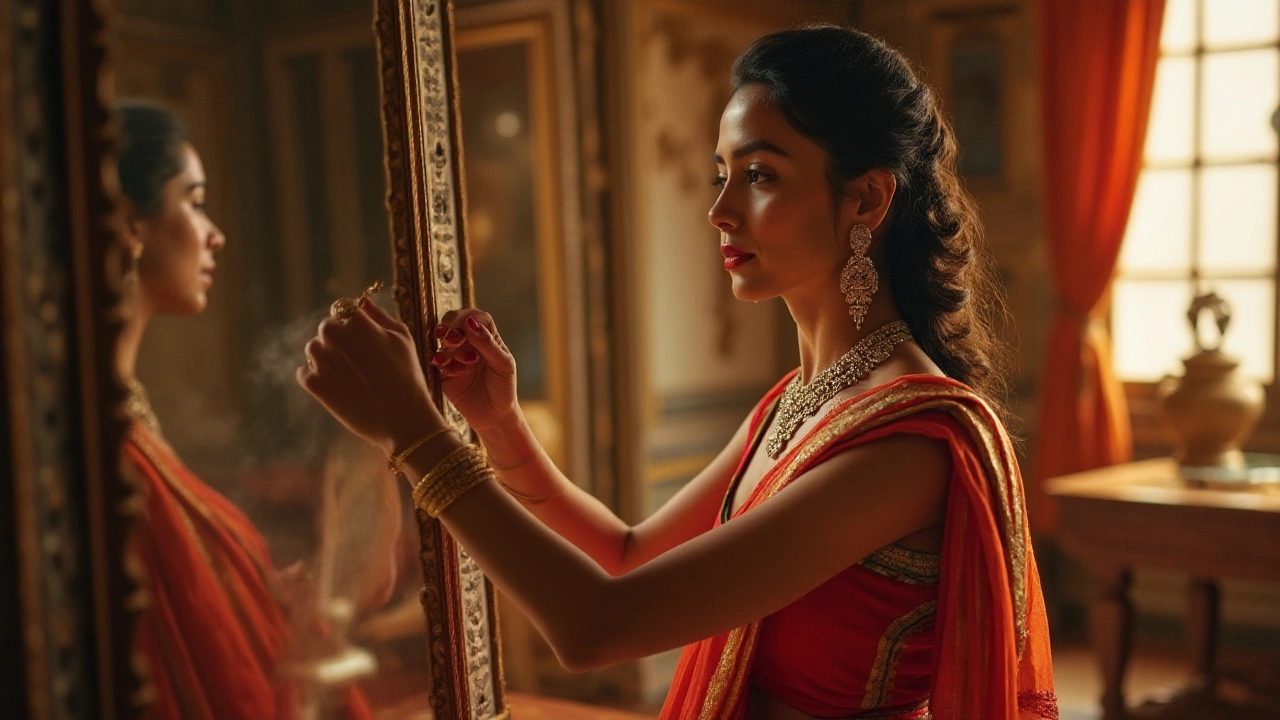
Evaluating an Old Cut Diamond
Evaluating an old cut diamond is much more than a mere assessment of its physical attributes; it involves an appreciation of its historical context, craftsmanship, and unique charm. Unlike modern diamonds, old cut diamonds were shaped by artisans without the advantage of advanced technology. This means each stone was meticulously crafted by hand, resulting in unique proportions and dimensions that vary significantly from the standardized cuts of today. When evaluating these exquisite gems, it's crucial to consider their light performance, symmetry, and overall condition.
Light performance is a key factor, as old cut diamonds were primarily fashioned to play with the light. The older stones, such as the European, rose, and mine cuts, are known for their larger facets which create a distinctive glow under natural and candlelight. This quality can heighten the allure of the gemstone, providing an antique ambiance that is highly coveted by aficionados of vintage jewelry. Symmetry, although not as precise as modern standards, plays a significant role in the overall aesthetic of the diamond. The artistry and intent behind each cut are reflected in the stone's ability to produce a soft, romantic brilliance that often tells a story all on its own.
"Old cut diamonds remind us of a time when each stone was a true artisan's endeavor, cherished for its individuality and character," says Julia Weir, a respected gemologist.
A careful examination also involves inspecting the condition of the stone, including any potential damages acquired over time. Chips, abrasions, and wear are commonplace with these heirlooms, adding a layer of history and unique narrative to each gem. However, these imperfections must be assessed to ensure they do not compromise the integrity of the diamond. It's quite common for the stones of the past to have slight discolorations or inclusions, which were accepted as part of the natural beauty of the gem. The uniqueness of each old cut diamond is intrinsically linked to its individual journey through time, which often enhances its desirability and worth.
Occupying a special niche in the jewelry market, old cut diamonds are not only valued for their aesthetic but also their rarity. Many collectors and enthusiasts are driven by a passion for the past, seeking out these timeless pieces for both personal enjoyment and investment prospects. Interestingly, some studies suggest a revival in preference for these vintage cuts, as indicated by auction houses reporting a marked increase in demand and prices. This growing interest often translates into appreciation in value, making old cut diamonds a wise asset for those captivated by their enduring appeal. To accurately assess an old cut diamond, one must approach it not just with an expert's eye for quality, but with an understanding of its place within history and its potential for future appreciation.
Caring for Antique Diamond Jewelry
Antique diamond jewelry embodies the grace and romance of a bygone era, and caring for these treasures requires a delicate touch and a thoughtful approach. Unlike modern pieces, which are often designed for durability alongside beauty, antique pieces can be fragile and susceptible to damage from contemporary cleaning methods. It's essential to understand that these vintage gems, such as old cut diamonds, demand special attention to preserve their sentimental and financial worth. Proper care can prolong the life of these precious artifacts, ensuring that they continue to sparkle for generations to come.
Establishing a Routine
One of the fundamental steps in maintaining antique jewelry is developing a regular cleaning and inspection routine. Utilizing mild, non-abrasive solutions and soft brushes helps remove dirt and oils without damaging the delicate patina or causing scratches on the antique jewelry's metalwork. Checking clasps and settings frequently ensures that the stones remain secure, as weakened prongs may result in stone loss. Periodic assessment by a professional jeweler, preferably one specializing in vintage pieces, can address any potential issues that are beyond DIY repair.Caring for something old is a beautiful commitment—each piece holds a story, and with it, an irreplaceable charm." – Judith Miller, expert in antiques and collectibles
Storing Antique Pieces Safely
Storage is another critical factor in conserving the beauty of vintage gems. Store each piece individually, ideally in a soft cloth pouch or lined box, to avoid potential contact scratches between items. Keep away from conditions of high humidity or temperature fluctuations, which can tarnish metals or affect the stone's structural integrity over time. Placing silica gel packets in storage containers can help manage moisture levels, adding an additional layer of precaution for preserving flawless shine.Wear with Caution
When it comes to wearing antique diamonds, timing and occasion matter. These jewels aren't meant for daily wear but should accompany special occasions where the risk of damage is minimal. Avoid exposing old cut diamonds to harsh chemicals, such as those found in household cleaners or beauty products, as this can lead to degradation of the setting or dulling of the stone. Top-notch care reflects in the enduring glow that these gems cast, a nod to their heritage and timeless allure.Remember, the proper care of antique diamonds is not merely about preserving material worth, but also about cherishing and maintaining a connection to the past. In taking these steps, you honor the craftsmanship and history that each piece carries, allowing it to continue inspiring wonder and joy for those who adore the past through its glimmering lens.

